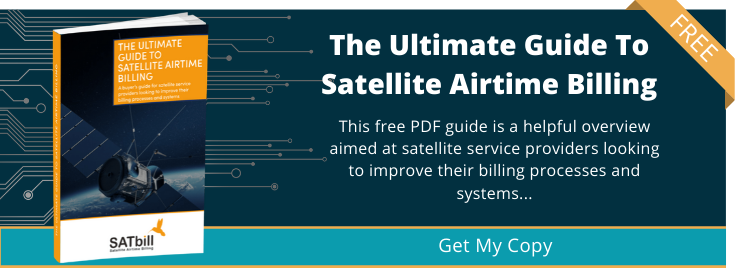
Finding The Best Solution To Reduce Satellite Rain Fade (Rain Attenuation)
Satellite transmissions and reception are impervious to most common weather conditions. However, hurricanes, thunderstorms, large storm systems, and extreme weather events can impair signals in a phenomenon known as rain attenuation, or rain fade – in which signals drop in quality or cut out altogether. This arises from incoming radio frequency (RF) signals (whether satellite to earth, or earth to earth transmissions) being absorbed or misdirected by moisture droplets and electricity in the atmosphere. Higher frequency Ku and KA bands (above 11Ghz) are particularly vulnerable to rain fade because of the size of the signal wavelengths.

- Rain attenuation may affect your signals even if the storm is many miles removed from the receiving antenna, due to the line of sight, or elevation angle, between the transmitting and receiving station.
- The accumulation of ice, water droplets, and snow on the satellite dish surface may decrease signal strength by up to 15%.
- Heavy cloud cover may amplify the effects of rain fade, although only at frequencies around 100 GHz.
Satellite Rain Fade Solutions
What are the solutions to this? Some types of satellite are more affected by rain fade than others. For example, C-Band VSAT or L-Band (used for Inmarsat I4 services) is mostly immune to rain attenuation, so if you are operating in an area where heavy rainfall, storms, and hurricanes are common, choose an operator that provides this frequency range. Choosing a satellite operator with a diverse constellation that can remote switch in the event of rain fade, will also reduce the impact on signal strength.
Beyond this, there are several things you can do to protect your hardware from rain fade:
- Apply a hydrophobic coating to your satellite dish antenna.
- Implement Adaptive Coding and Modulation (ACM). This auto-adjusts the satellite link’s modulation type and error correction protocols to strengthen the signal when affected by rain fade.
- Use heated blankets to protect your satellite dishes from snow and ice accumulation during cold weather, or in cold climates.
- Uplink power controls can automatically adjust the transmission power of a site to compensate for signal loss.
- Tolerance margins for rain attenuation should be designed into your signal requirements when installing hardware in areas prone to heavy rain and storms.
Satellite Billing: Another Problem Solved
Rain fade is a perennial problem for satellite Internet providers, although fortunately, there are now several rain fade solutions available to reduce or eliminate attenuation altogether. With our SATbill satellite billing solution, fast and accurate invoicing is another problem you don’t have to worry about. The platform provides an easy interface to manage your customer billing and invoices, allowing you to offer a greater range of services and serve a more extensive customer base. To find out more, please send us a message by clicking here.
- Click here to view the Globalstar Billing Platform
- Click here to view the Iridium Billing Platform
- Click here to view the Thuraya Billing Platform
- Click here to view the Inmarsat Billing Platform
- Click here to view the VSAT Systems Billing Platform

